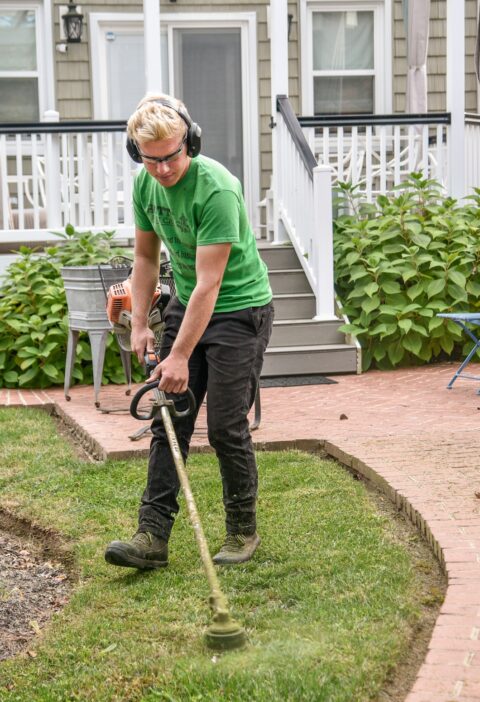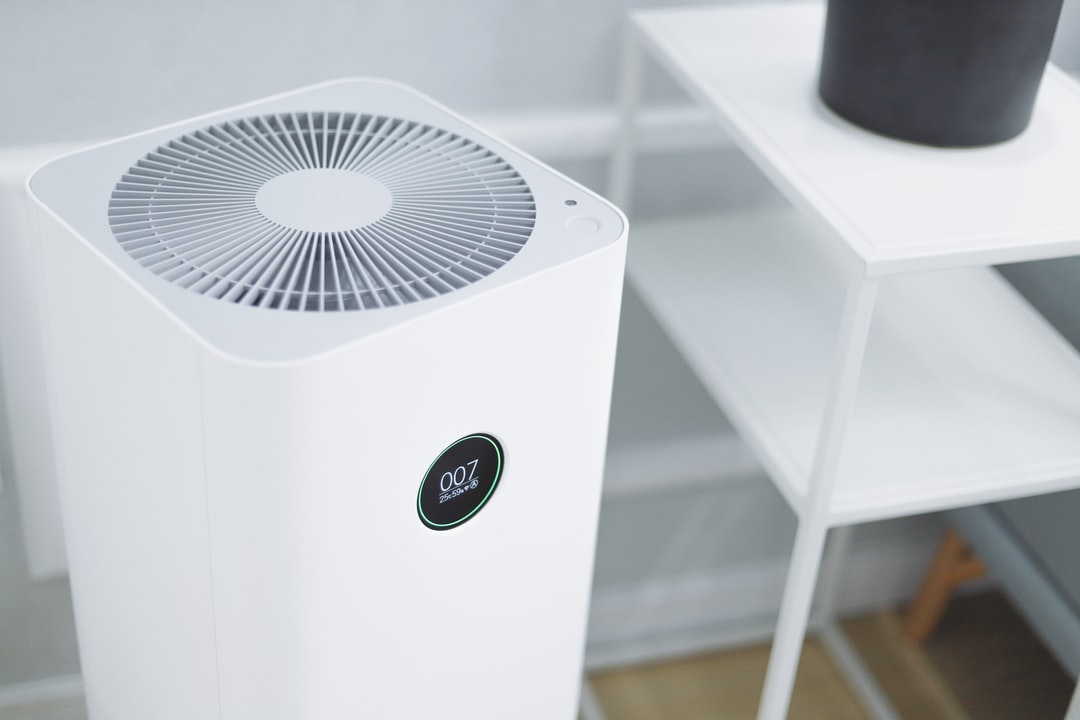Termites and carpenter ants are among the most destructive pests, capable of causing significant damage to homes and buildings. They are attracted to wood and will eat away at anything made of cellulose, including furniture, flooring, and structural components of a building.
Connecticut homeowners face this challenge because of the state’s moist and humid climate, an ideal environment for these pests to thrive. Fortunately, there are professional pest control companies specializing in carpenter ant removal in CT and termite treatment in CT. These companies can identify the source of the infestation, eliminate the ants, and provide preventative measures to keep them from returning.
For this reason, pest inspections are essential for protecting homes from these pests. Homeowners should know what to expect during an inspection to ensure their homes remain termite-free.
A Step-by-Step Guide on What to Expect
If you’re preparing for a termite or carpenter ant inspection, it’s natural to want to know what to expect during the process. Here’s a guide to help you prepare:
Step 1: Preparation
Before the inspection, it’s vital to prepare your home by clearing clutter or debris from the areas where the inspector will work. This process includes moving furniture away from walls, clearing out storage areas, and ensuring all access points to the home are clear.
Step 2: Exterior Inspection
The inspector will begin by examining the home’s exterior, including the foundation, roof, and siding. They will look for signs of pest activity, such as mud tubes, termite wings, or wood damage. The inspector will also examine any wood that comes into contact with the soil, such as deck posts or fencing, as these areas are vulnerable to infestations.
Step 3: Interior Inspection
Next, the inspector will move inside the home and examine the interior, focusing on areas where termites are most likely to be found, such as the basement or crawl space. They will look for signs of the pest’s activity, such as discarded wings or mud tubes. They will also examine wooden structures in the home, such as support beams or window frames, for signs of damage.
Step 4: Moisture and Mold Check
The inspector may also check for moisture levels and mold growth within the home. High moisture levels can attract termites and create an environment conducive to pest infestations like termites. Mold can also indicate moisture problems within the house, which can signify potential termite activity.
Step 5: Termite Probe Test
Sometimes, the inspector may use a termite probe, a specialized tool to test wooden structures’ strength. This test can help identify areas of the home already damaged by termites and areas at risk of future infestations.
Step 6: Thermal Imaging Camera
In addition, the inspector may also use a thermal imaging camera to detect areas of the home that are warmer than others, which can suggest termite activity. This technique can be handy for detecting termites and carpenter ants in walls or other sites that are not immediately visible.
Step 7: Report
Once the inspection is done, the inspector will provide a detailed report outlining the findings, including home areas at risk of pest infestation and existing damage. If the inspector finds evidence of termite or carpenter ant activity, they will recommend treatment options to terminate the infestation and prevent future damage.
Final Thoughts
A pest inspection is essential to protecting your home from destructive effects. The thorough and detailed process aims to detect and prevent infestations. During the inspection, the inspector will examine the home’s interior and exterior, paying particular attention to areas where pests like termites and carpenter ants are most likely to be found. If the inspector finds evidence of pest activity, they will provide a detailed report outlining existing damage and recommend treatment options to eliminate the infestation and prevent future damage.
Remember to schedule regular inspections to catch any potential issues early and avoid expensive repairs in the future.







